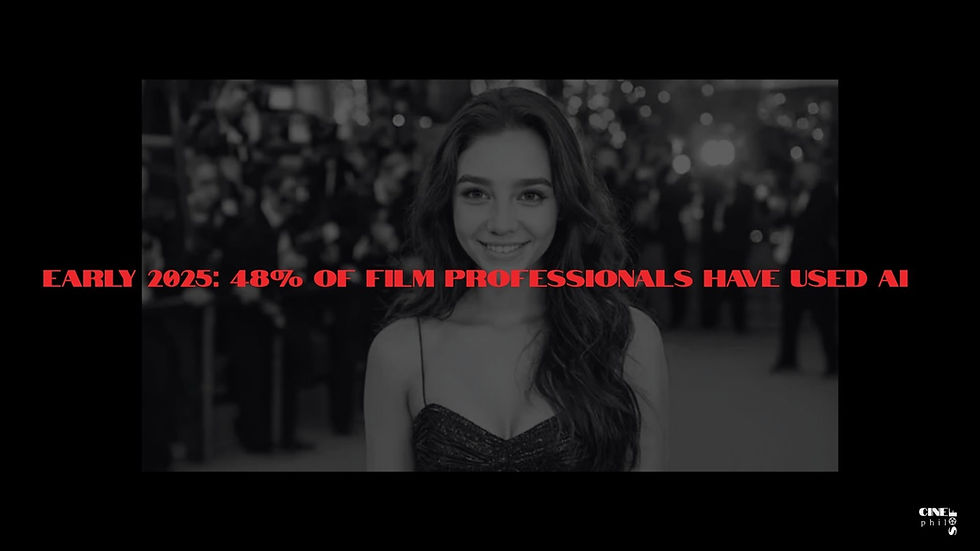You’ve Got a Glitch in Me: Toy Story 5 vs Tech
- Sofia R. Willcox

- Aug 12, 2024
- 2 min read
This weekend brought a flood of news, sneak peeks, trailers, and reveals about Disney and Pixar’s upcoming features. Among them was the first look at Toy Story 5 (Andrew Stanton, 2026), where Jessie, Woody, and Buzz Lightyear confront a new threat: technology. With two summers to go and a 30th anniversary in between, this sequel promises to blend timeless nostalgia with a touch of pessimism, reflecting our current era.
I remember growing up in the transition between the physical and digital worlds. I filled my childhood with play, mixing games from older generations with my imagination, often using my younger sister as my “guinea pig” in party halls, parks, streets, grandma’s house, and throughout our home. Always with swings, board games, balls, dolls, rope, scavenger humps and much more. I also recall the rise of computers, minigames, and video games, along with the shift from VHS tapes to DVDs, MP3 players to touchscreen. As I grew older, I witnessed big screens transform into small, pocket-sized ones. I saw once-crowded play spaces become empty. Endless hours of play became quick, immediate distractions. Many toy stores and video rental shops closed their doors forever.
When I first heard about the Toy Story sequel, I wondered who the new film would appeal to. On one hand, a strong fanbase, filled with memories and nostalgia, grew up with Andy’s toys and Andrew Stanton’s movies. On the other hand, there’s a new generation growing up with screens at their fingertips, like Wolverine’s claws. Even so, the sequel holds universal themes of friendship, which can connect across generations.
A lot can happen in two summers, especially in a world where technology evolves so rapidly that we’re constantly upgrading to the latest versions. This year, Apple released the Vision Pro, a best-seller and viral sensation despite its limited availability. Described as a spatial computer, it merges digital content with physical space, creating an immersive parallel universe. To me, it’s another communication barrier and a symbol of socio-economic disparity, with its high price and exclusivity. It reflects a pattern of wealthy hegemony and ignorance. Meanwhile, our phone screens keep getting bigger, yet instead of bringing us closer, they create more noise—the gap between cameras and microphones widens, and screens grow larger than our faces.





Comments